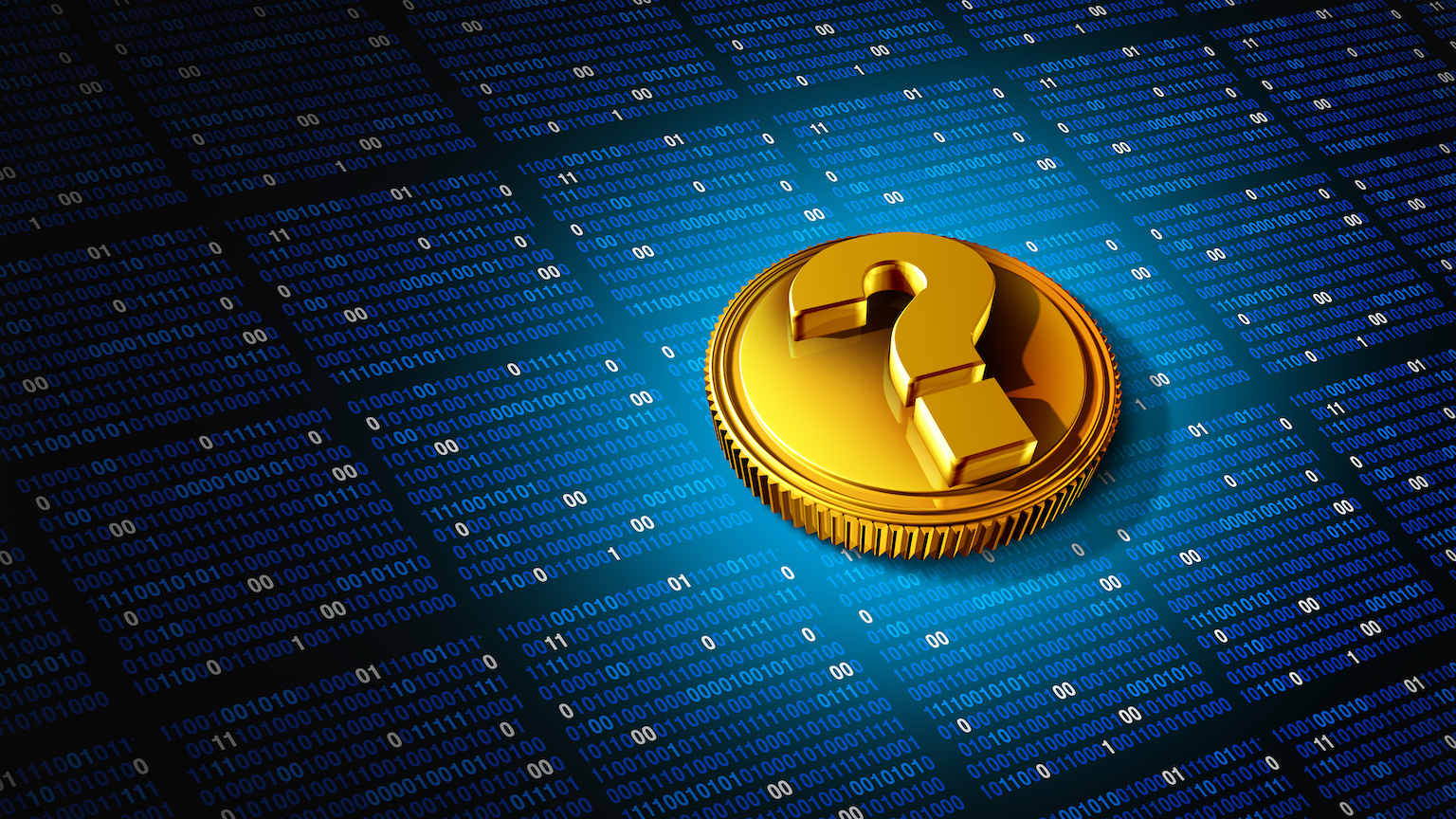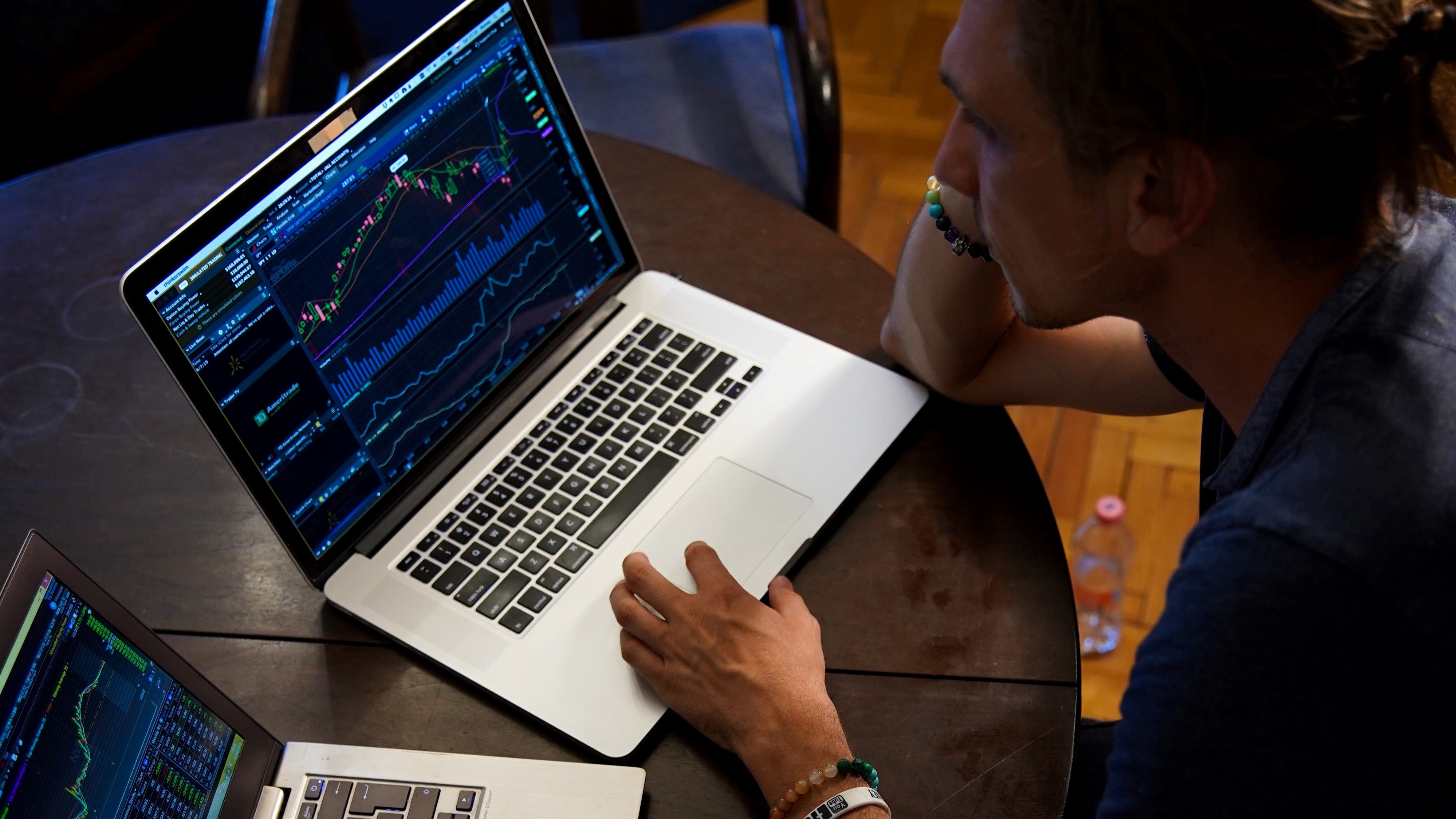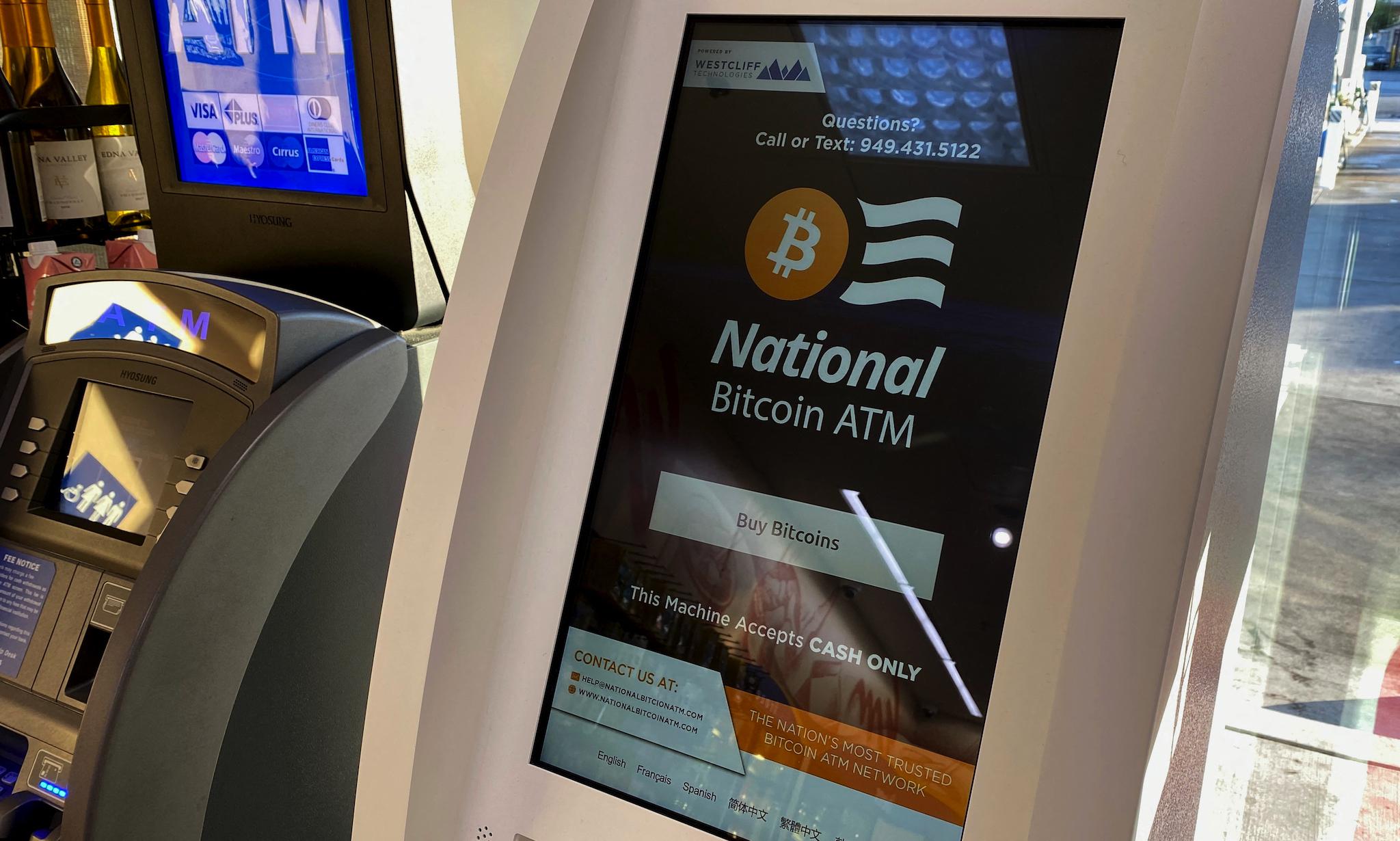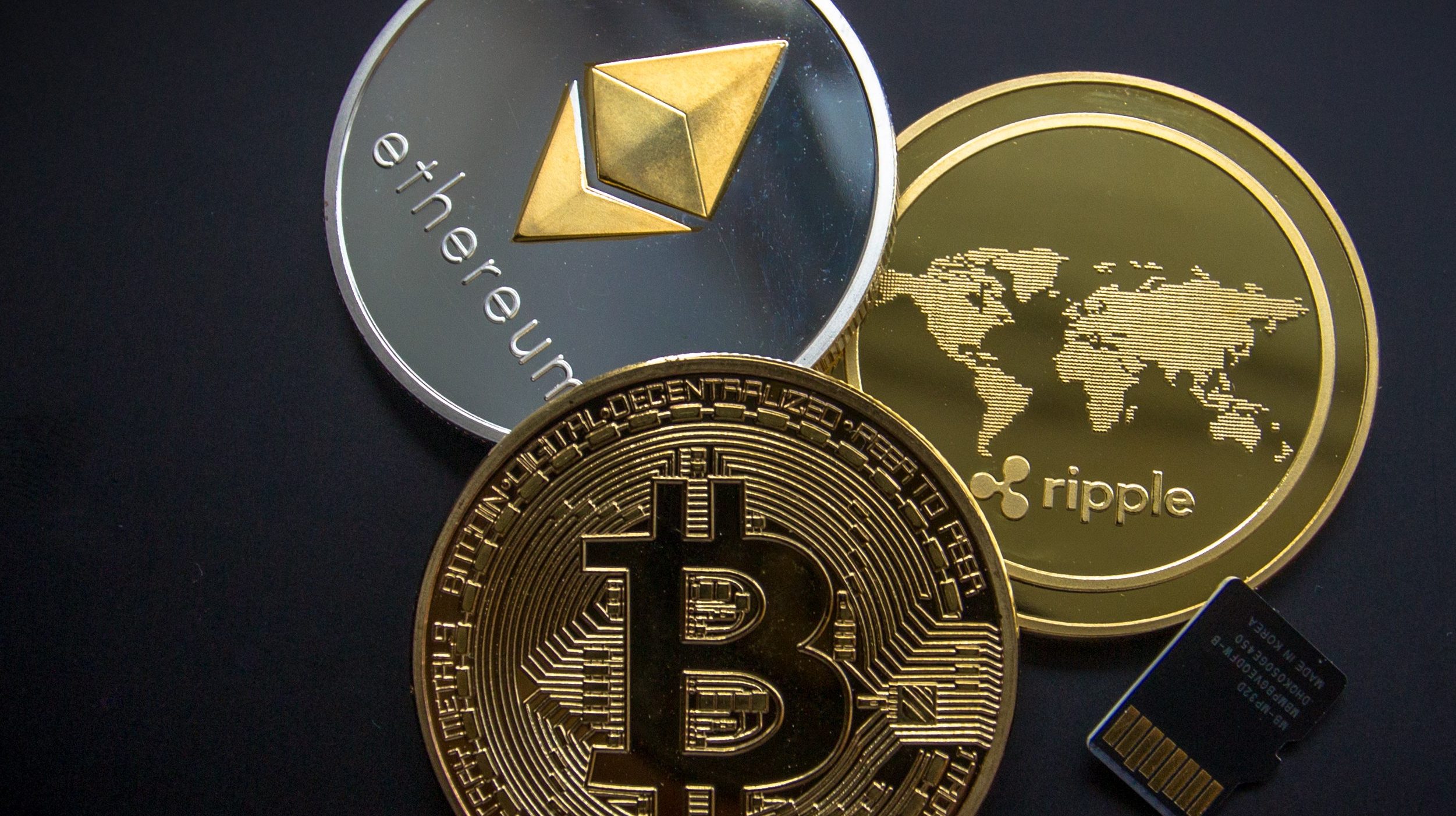Cryptocurrency and the “greater fool” theory of economics

- The greater fool theory of economics suggests that it doesn’t matter at what price you buy an asset, so long as there is some “greater fool” out there who will buy it for more.
- The theory usually applies to “bubble markets” like art or housing, but recently it has been used to characterize cryptocurrencies.
- It’s still too early to say if cryptocurrencies are of no use and inherently overvalued. The market functions like a great many others.
As the adage goes, “You don’t have to run faster than the bear to get away. You just have to run faster than the guy next to you.” In the world of economics, this is called the greater fool theory, which posits that it doesn’t matter if an asset is risky, has a massively inflated price, or is worthless. All that matters is that someone else is willing to buy it from you for more than you bought it. Think: Beanie Babies.
Fools, everywhere
The greater fool theory is usually applied to a market bubble. This is where a product or asset sees a huge increase in value — usually with a speed and in a manner that looks unsustainable. Market bubbles are caused by overly optimistic (or hopelessly naïve) investors who sign up to unlikely projections about the future. It’s about fools buying foolish products at foolish prices. But, where there are fools, there’s business to be done. Here are just two examples of how the greater fool theory works in the real world.
Art. In 2021, a Mark Rothko piece, No.7, sold for $82.5 million. I’m not denying Rothko is good at his job, and I’m not saying modern art is talentless or bad (au contraire), but that’s a lot of money for oil on canvas. Some people buy art because they love it, and some do it to launder money — but a whole lot of people make a whole lot of money trading in art. The idea is that, however inflated or eye-wateringly expensive you or I might think a work of art is, all that matters is that someone else will buy it for more. The trick to art dealing is not so much finding good art, but finding “fools” willing to see it as good art (and buy it as such).
Real estate. Cheap credit, loose lending laws, and subprime mortgages set up the financial crash of 2007-08. But one of the pins that burst the bubble was when the market ran out of fools. In the years before the crash, there was a widespread belief that real estate values always increased, so bankers and speculators were selling their (dodgy) loans to other banks for a profit, who often sold them on again. When the assets started going bad, a few banks — the last fools standing — went bust, and the rest is history.
Is cryptocurrency for fools?
In a conversation with TechCrunch, Bill Gates said that NFTs (non-fungible tokens) and digital currencies were, “100 percent based on greater fool theory.” Or, as Warren Buffett said in 2020, “Cryptocurrencies basically have no value. You can’t do anything with it except sell it to somebody else.”
The point Gates, Buffett, and various economists make is that crypto offers no “real-world” value. Thus, cryptocurrency is simply a bubble in which people try to out-fool each other. It’s nothing more than a money-making scheme to buy and sell higher. When people get wise to this fact, crypto is going to collapse. But, how fair an analysis is this of cryptocurrency?
While it is true that there are few “real life” applications for cryptocurrency, it is far too early to say for certain if Bitcoin or other digital currencies are practically useless. Today, people use crypto to move money across borders and to settle large transactions. At least a few major retailers will accept Bitcoin as they would a fiat currency. Matt Hougan, writing for Forbes, compares Bitcoin with oil in the 1850s. Back then, oil was used only for lamps and machine lubrication. Of course, with combustion engines and technological advancements, oil became one of the most valuable commodities in the world. Perhaps something similar will happen with crypto.
And when you think about it, the greater fool theory is how many markets work. Prices and value are not always determined by practical factors like utility. They are set by supply and demand. If people think a Rothko is worth $80 million, then that’s how much it’s worth. If people are willing to pay a price, then that price determines value (at least in economic terms). Of course, the problem is that humans are notoriously fickle. What today we think is valuable, tomorrow we think worthless. Therefore, crypto is no more a “bubble” than any other often-inflated market, like art or jewelry.
The jury is out
The question about digital currency is still very much unanswered. While Gates and Buffet might be right to suggest it’s not as normal an investment as those found in other markets, it’s also not fair to say that it’s entirely unique. Regardless, the greater fool theory is a useful way to look at things. Whatever you do in life, just try not to be the biggest fool in the room.





